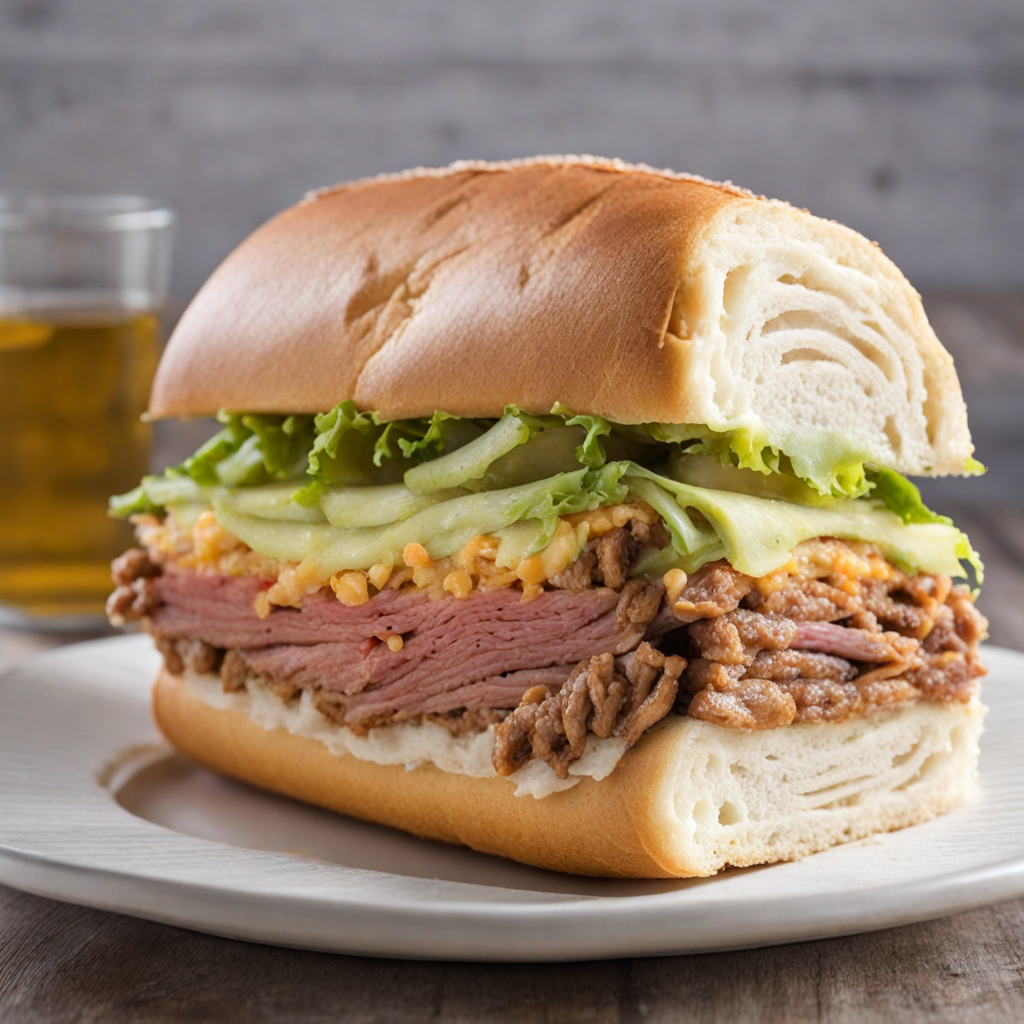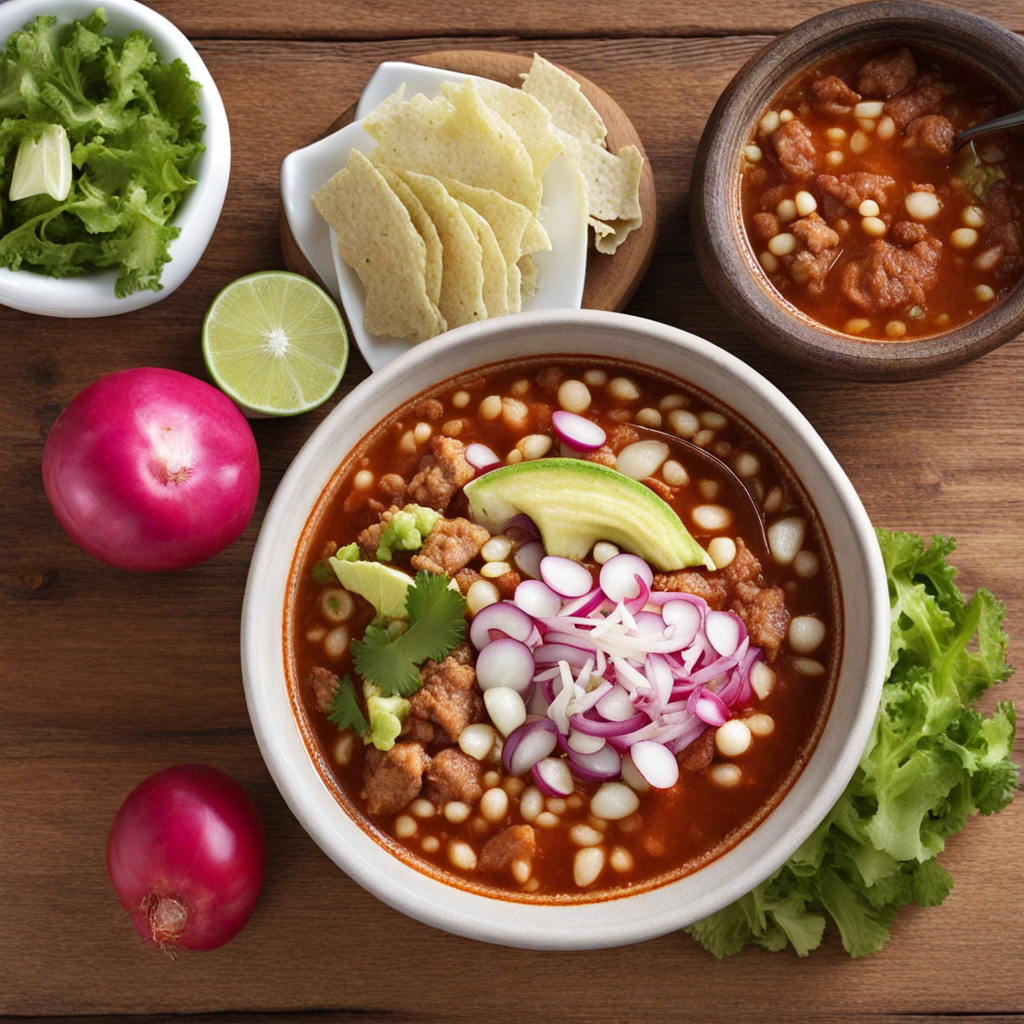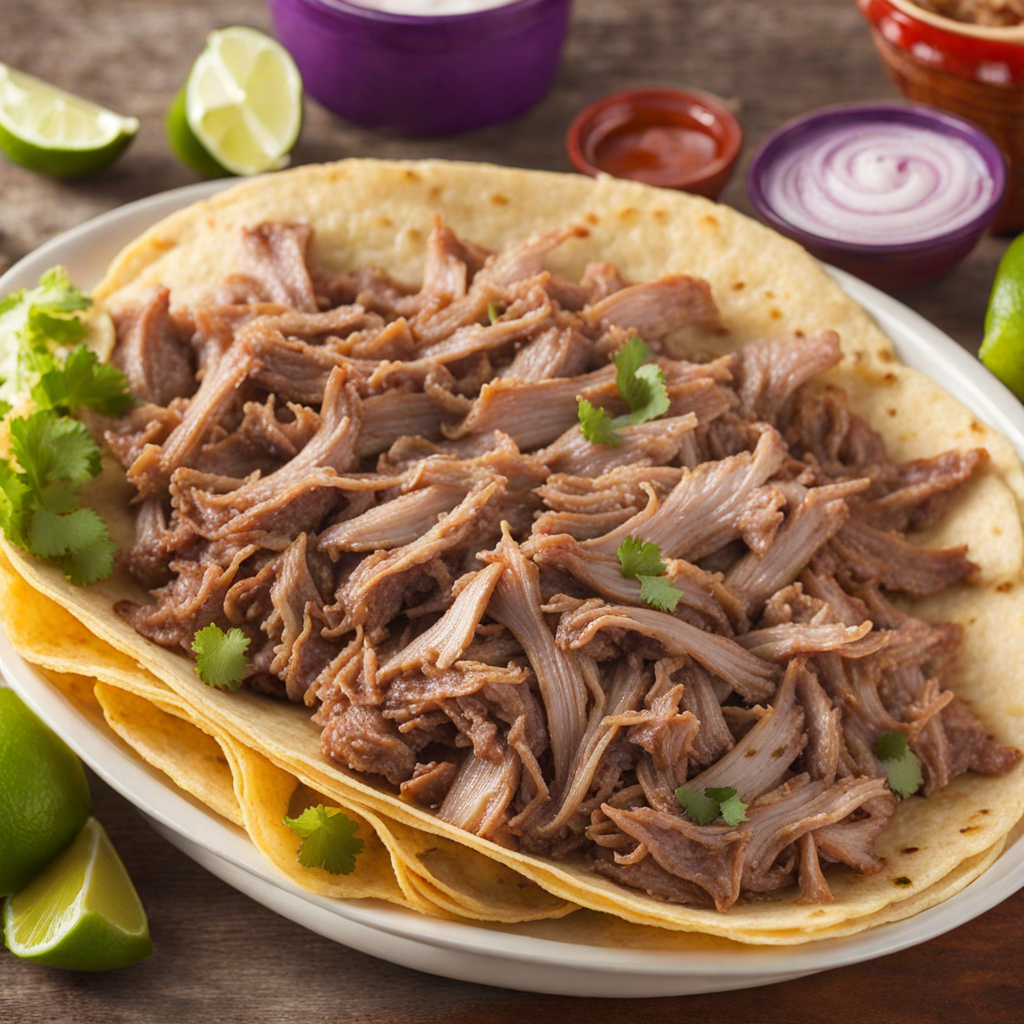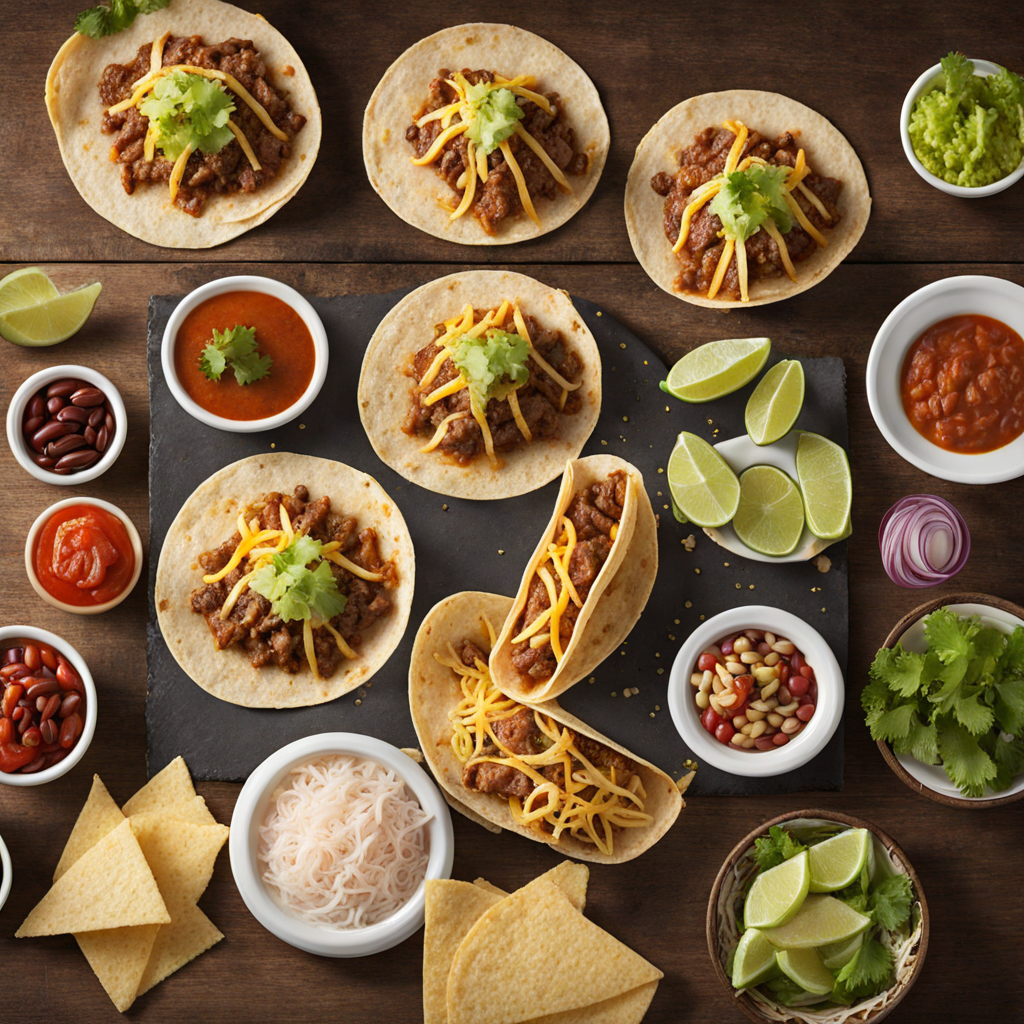Torta
Torta is a quintessential Mexican sandwich that offers a delightful fusion of flavors and textures, making it a must-try for any food enthusiast. Typically served on a soft, bolillo or telera bread, the torta is generously filled with a variety of ingredients that can range from savory meats like carnitas, barbacoa, or pollo asado to vegetarian options that include refried beans and grilled vegetables. The bread is often lightly toasted, providing a satisfying crunch that contrasts beautifully with the tender fillings. Each bite is a harmonious blend of flavors, augmented by fresh toppings such as avocado, onions, and jalapeños, along with a drizzle of spicy salsa or crema for an extra kick. What sets the torta apart is not just its fillings but also the traditional accompaniments that enhance the experience. Often served with a side of pickled vegetables or a zesty escabeche, the torta becomes a complete meal that tantalizes the palate. The combination of the hearty bread and the vibrant ingredients creates a satisfying balance that is both comforting and invigorating. Whether enjoyed as a quick street food snack or a sit-down meal, each torta presents an opportunity to explore different regional variations, showcasing the diverse culinary heritage of Mexico. Furthermore, the torta is versatile and can be customized to suit various tastes, making it a favorite among locals and visitors alike. From classic combinations like the Torta Ahogada, drenched in a flavorful tomato sauce, to the more contemporary versions that incorporate international influences, there is a torta for everyone. This delightful sandwich not only fills the stomach but also tells a story of Mexican culture and tradition, inviting those who partake to savor a unique and unforgettable culinary experience.
How It Became This Dish
The Torta: A Culinary Journey Through Mexico #### Origins The torta, a beloved Mexican sandwich, has roots that stretch deep into the rich tapestry of Mexican culinary history. Its origins can be traced back to the early colonial period when Spanish colonizers introduced bread to the indigenous peoples of Mexico. The word "torta" itself comes from the Spanish term for cake or bread, yet in Mexico, it evolved into something uniquely its own. Originally, the torta was a simple dish featuring a crusty roll known as "bolillo" or "telera." These breads, made from wheat flour, were adapted from the European styles brought by the Spaniards and became staples in Mexican households. The simplicity of the bread provided an ideal canvas for a variety of fillings, and thus the torta began to take shape as a quintessential Mexican meal. #### Cultural Significance The torta is more than just a sandwich; it is a cultural symbol that reflects the diverse culinary landscape of Mexico. Each region of the country has its variations, drawing on local ingredients and flavors. In cities like Mexico City, the torta has become a street food favorite, often enjoyed on the go, while in more rural areas, it might be made at home with love and tradition. The torta embodies the fusion of indigenous and Spanish culinary practices, showcasing the adaptability of Mexican cuisine. It serves as a social meal, often enjoyed during gatherings, celebrations, or even as a simple lunch. The act of sharing tortas among friends and family underscores the importance of community and connection in Mexican culture. #### Development Over Time As Mexico evolved, so did the torta. In the 19th century, the revolution led to increased urbanization, and with it, the rise of street vendors hawking tortas stuffed with various fillings. The introduction of meats such as carnitas (slow-cooked pork), chorizo (spicy sausage), and milanesa (breaded and fried meat) expanded the torta's appeal. Each vendor began to put their own spin on the classic sandwich, leading to a delightful array of options that catered to all palates. By the mid-20th century, the torta had established itself as a staple of Mexican cuisine, with many families adopting their own cherished recipes. The simple combination of bread, protein, and various toppings made the torta an affordable and satisfying meal, perfect for the working class. The sandwich also became a canvas for creativity, with layers of ingredients that could include avocado, cheese, jalapeños, and various salsas, each adding their unique flair. In the latter half of the 20th century, as Mexican immigrants began to move to the United States, they brought their culinary traditions with them. The torta found a new home in American cities with significant Mexican populations, particularly Los Angeles and Chicago. Here, it began to gain recognition beyond the borders of its homeland, appealing to a broader audience eager to experience authentic Mexican flavors. #### Regional Variations The beauty of the torta lies in its versatility and regional variations. Each state in Mexico boasts its own take on the sandwich, often influenced by local ingredients and culinary traditions: 1. Torta de Chorizo: A popular choice made with spicy chorizo sausage, often topped with avocado and salsa, reflecting the bold flavors of Mexican cuisine. 2. Torta Ahogada: Hailing from Guadalajara, this torta is known for being "drowned" in a spicy tomato sauce, typically featuring pork and served with onions and fresh lime. It’s a perfect example of how flavor and texture can elevate a simple sandwich. 3. Torta de Milanesa: This variation features breaded and fried meat, usually beef or chicken. The crispy texture contrasts beautifully with the soft bread, and it is often accompanied by lettuce, tomato, and avocado. 4. Torta Cubana: A hearty torta that combines various meats like ham, roast pork, and salami, along with cheese and pickles. This sandwich is a testament to the influence of Cuban cuisine on Mexican food culture. 5. Torta de Huevos: A breakfast favorite, this torta is filled with scrambled eggs, beans, and often topped with salsa or avocado. It showcases the torta's adaptability for any meal of the day. #### Modern Popularity and Global Influence In recent years, the torta has gained increasing popularity not only in Mexico but around the world. As food culture continues to globalize, chefs and food enthusiasts are experimenting with traditional recipes, introducing innovative ingredients and techniques. The rise of food trucks and casual dining establishments has further propelled the torta into the culinary limelight, often featured on trendy menus alongside craft beers and artisanal sodas. Social media has played a pivotal role in the torta's resurgence, with food bloggers and influencers showcasing their unique takes on this classic dish. The vibrant colors and enticing presentations make it a favorite among food photographers, further amplifying its appeal. Moreover, the torta has also become a symbol of resilience, especially for immigrant communities. It represents the blending of cultures, traditions, and flavors, embodying the spirit of innovation that defines Mexican cuisine. In many ways, the torta is a culinary metaphor for the Mexican experience itself—rooted in history yet ever-evolving, rich in flavor, and deeply connected to a sense of home. #### Conclusion The torta is far more than just a sandwich; it is a celebration of Mexican culture, history, and community. From its humble beginnings in colonial Mexico to its current status as a global culinary icon, the torta has adapted and transformed, reflecting the diverse influences that shape it. Each bite tells a story of tradition, innovation, and the enduring love for good food that transcends borders. As we continue to enjoy this delicious dish, we honor the generations of cooks and families who have contributed to its legacy, ensuring that the torta remains a cherished part of Mexico's culinary heritage for years to come.
You may like
Discover local flavors from Mexico







